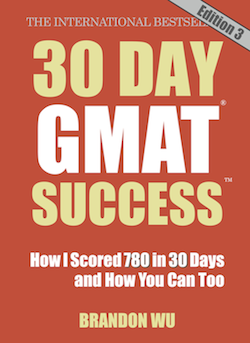The Official Guide 13th Edition How To Verbal: Page 683, #63
 In Sentence Correction questions, if you don’t see an error in the underlined portion, use the answer choices to help determine what issue the question is testing. Sometimes the question will have a split with two of the answers using one grammatical construction and three of the answers using another. In this question, the split occurs at the end of the answers. The difference is “and to encourage” and “and encouraging.” The word “and” indicates a potential error in parallel construction. Look at the rest of the sentence to determine with what other verb this difference must be parallel.
In Sentence Correction questions, if you don’t see an error in the underlined portion, use the answer choices to help determine what issue the question is testing. Sometimes the question will have a split with two of the answers using one grammatical construction and three of the answers using another. In this question, the split occurs at the end of the answers. The difference is “and to encourage” and “and encouraging.” The word “and” indicates a potential error in parallel construction. Look at the rest of the sentence to determine with what other verb this difference must be parallel.
This can be tricky because there are several other verbs. “Elected members” are the subject and they are the ones who want to encourage more aggressive sales overseas, so what else do they want to do? They want to establish tighter restrictions, so “establish” and “encourage” must be parallel. Now your thought process should be:
A) and establish…and to encourage. NOT parallel
B) and establish…and encouraging. NOT parallel
C) establishing…and to encourage. NOT parallel
D) to establish…and encouraging. NOT parallel.
E) to establish…and to encourage. Parallel
Therefore, based on one error only, you can confidently select answer E. Of course, there is generally more than one error on a Sentence Correction question. If you know the idiom “try to,” you can quickly eliminate A, B, and C. If you know that the GMAT likes answers that are concise and strong, you can eliminate the awkward constructions “are to be allowed to grow” (in answer A), “able to be grown by” (in answer B), and “capable of being grown by” (in answer D). But be careful! Sometimes awkward sounding answers are correct, so only use this approach if you are very confident in your English grammar skills.
Want more information? Check out the Sentence Correction section of my 30 Day GMAT Success book!
(Image Courtesy of Jess Pac with Creative Commons License)
